 |
| George and me. Mosaic portrait from one-dollar bill magnified approximately 40 x. (Microscopy lab coordinator included in picture for scale.) |
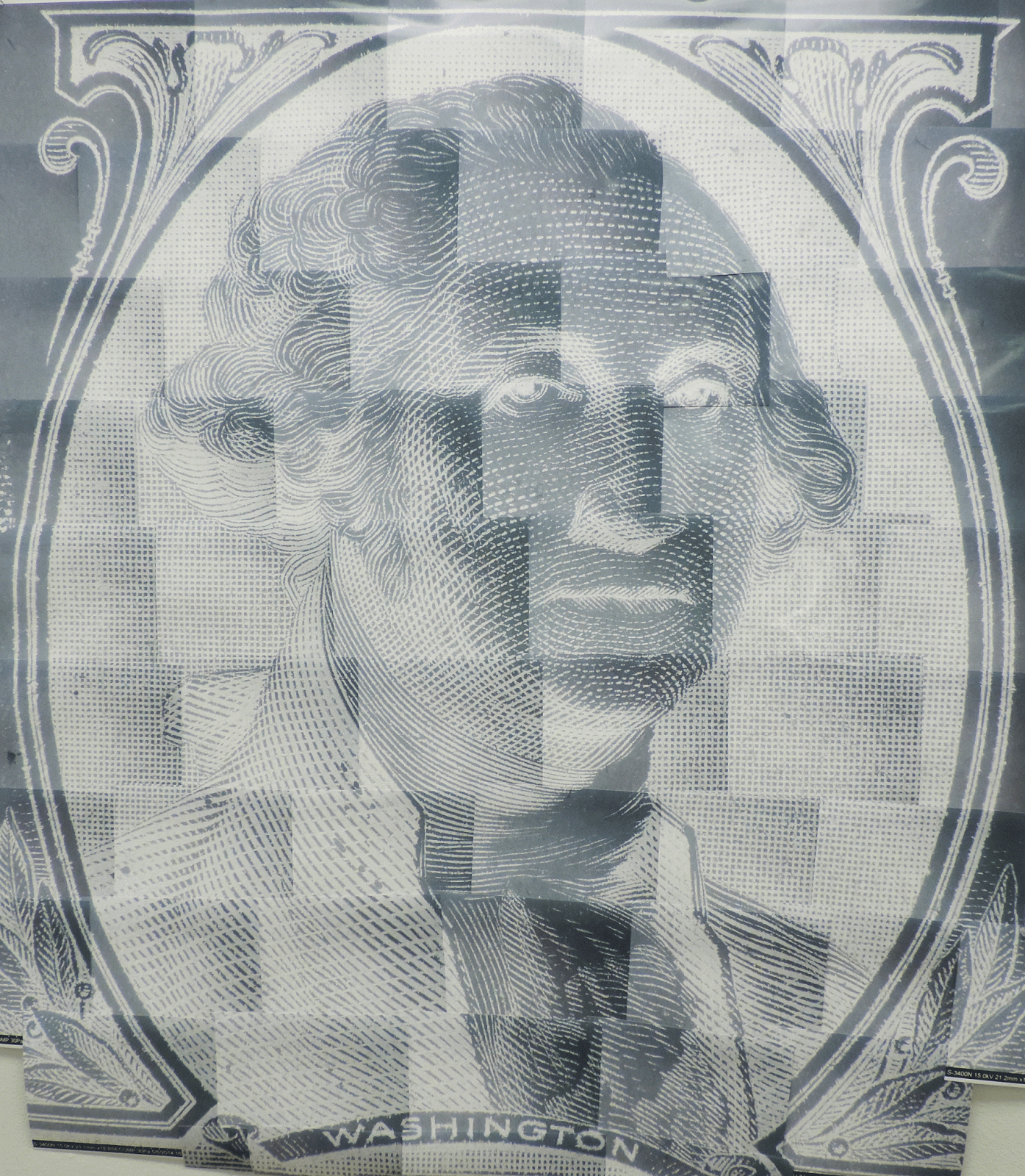 |
| Full Portrait |
A few months ago I put together a mosaic image of an acorn weevil from eleven overlapping images. That mosaic, which is about 4 feet long, got a lot of comments so I decided to try something a little different.
When I give presentations to students I like to include images of money because it is so familiar and the ink they use for the intaglio printing on money reflects electrons extremely well.
I chose the portrait of President Washington because it is relatively small - portraits on the newer fives, tens, and twenties are much larger. (I also assume the portraits on the fifty and one-hundred dollar bill are also larger, but I can't remember the last time I had one of those.)

 |

The original magnification for each of the fifty-plus images needed to make the mosaic is 18x, which is the smallest I could make the images on my scanning electron microscope. Once printed, however, the 3 cm wide portrait on the dollar bill became 130 cm wide - a magnification of approximately 40x.
For those of you here at Eastfield, the mosaic is on the wall outside of the Microscopy Lab - C350. No need to worry if you can't make it to our campus. Below are all of the images and instructions for making your own mosaic.
Making Your Own Mosaic
Below are all of the images I used to make this mosaic, grouped by row. If you would like to make your own just right click on each image and select "Copy Image", then paste it into Photo Shop. Print them in landscape and check the "Scale to fit media" box.
I began imaging in the upper left hand corner of the portrait making sure to leave an overlap between images so they could be matched up not only with adjacent images, but also those above and below.
I printed each image the size of a full page and then trimmed off the left, right, and top margins. No need to trim the bottom because the addition of each new row will hide it. I assembled the first couple of rows on a flat surface and, if I were younger, would probably have put the whole thing together on the floor. Instead, I hung the assembled rows on the wall with push pins and then added the rest in place.
Initial assembly was with scotch tape and then reinforced on the back with masking tape.
Important! Pay attention to two things. (1) Make sure that George lines up correctly. (2) Make sure that the outside fancy border lines up correctly. You can fudge a little on the pattern in between.
Row 4 - Left to Right
Row 5 - Left to Right
Row 6 - Left to Right
Row 7 - Left to Right
Row 8 - Left to Right
Row 9 - Left to Right
Row 10 - Left to Right - These are trimmed off and used to complete the "Washington" lettering and scroll work.
I don't know if anyone is crazy enough to do this (except me) but here you go. If you put one of these together I would love to see it. Send me an e-mail.
Murry Gans
Eastfield College





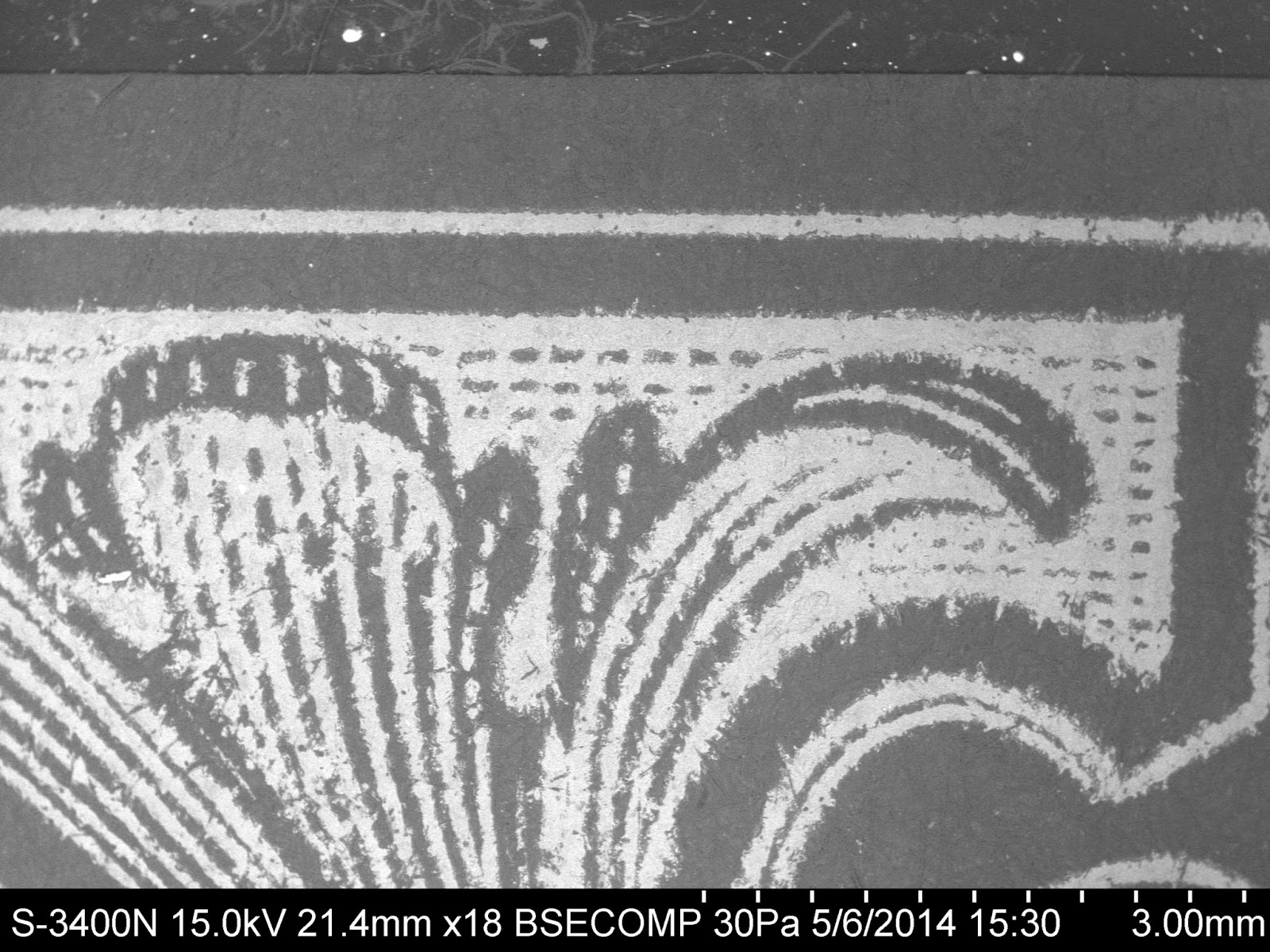






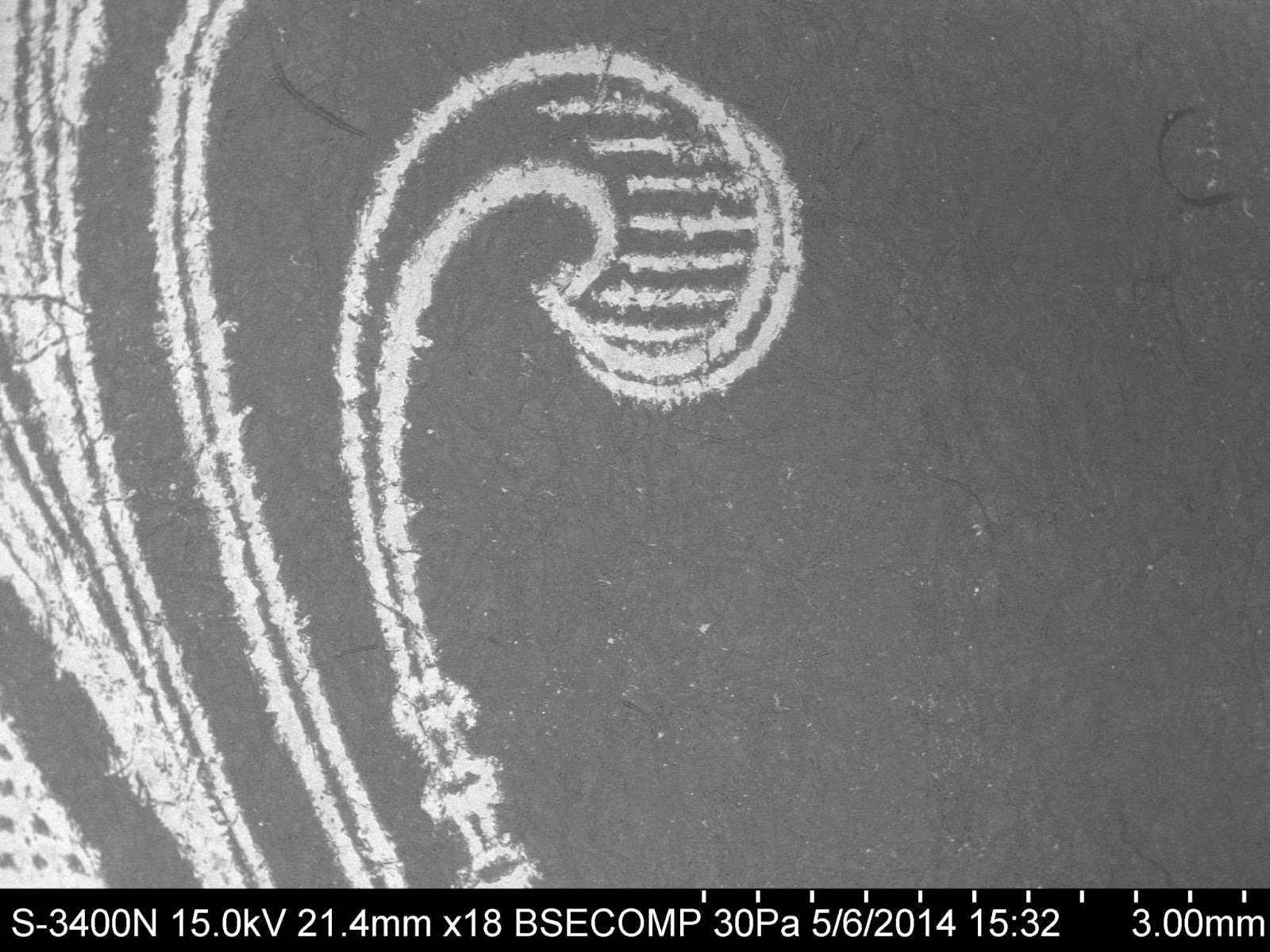
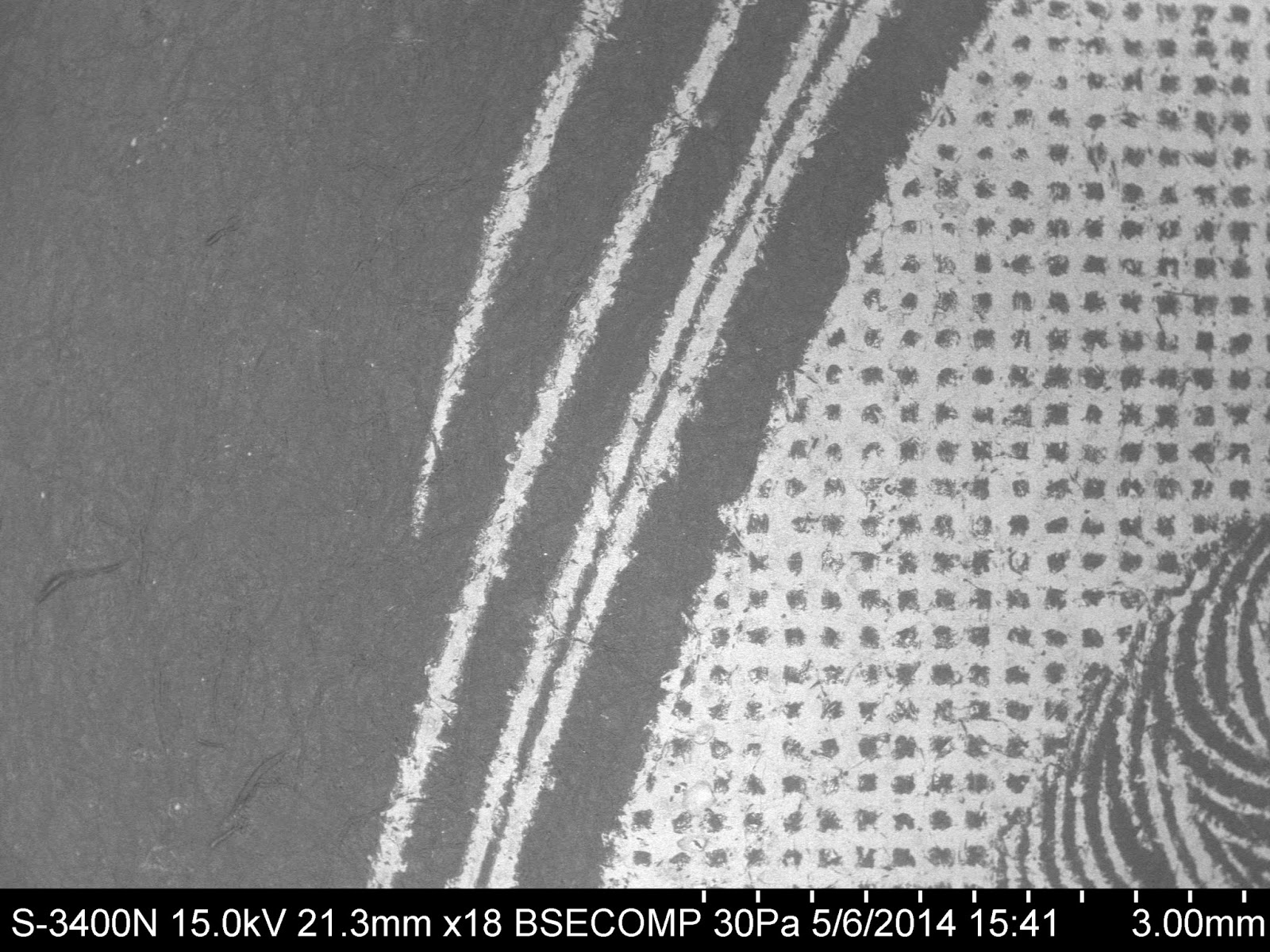


















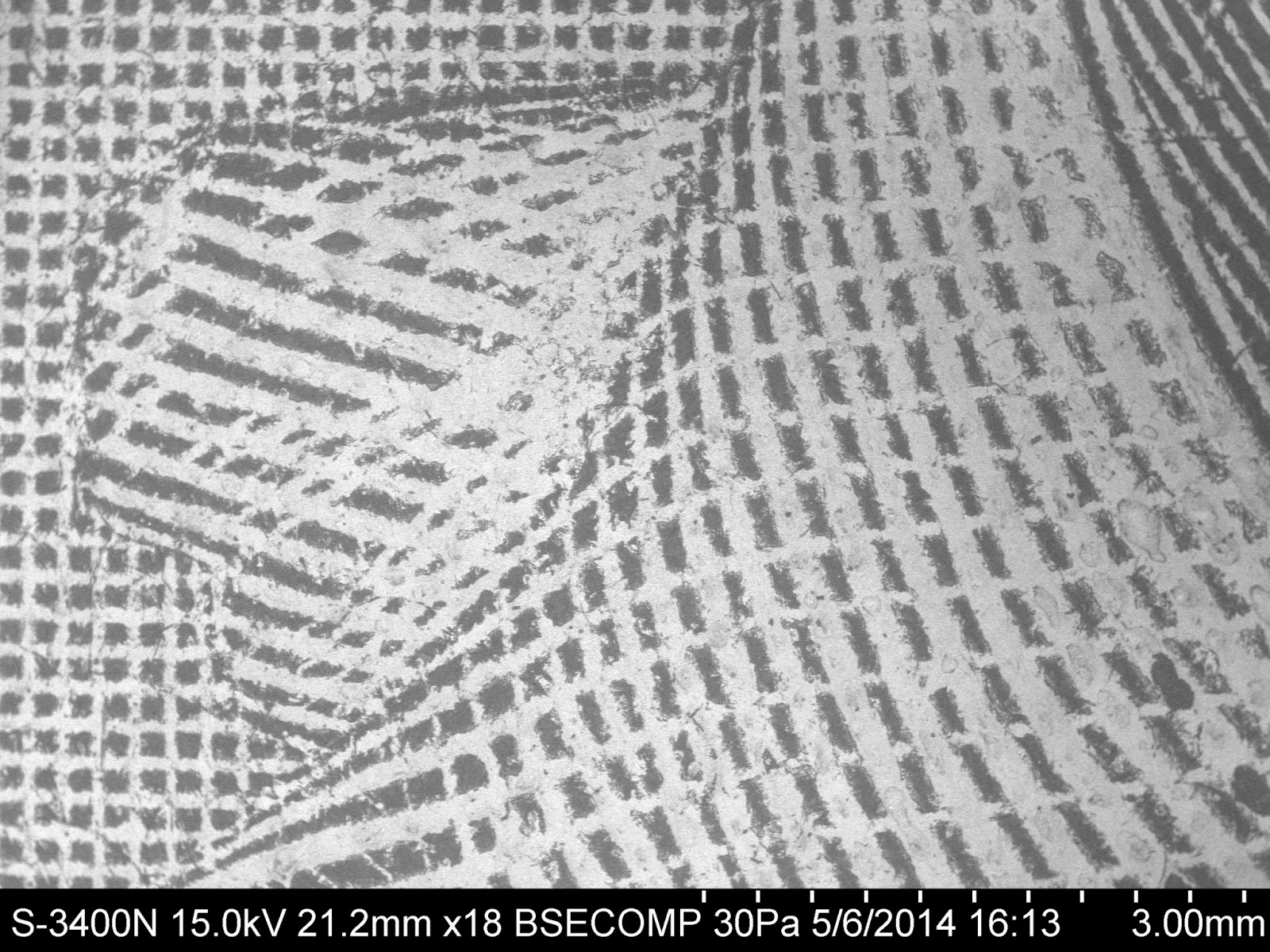























.TIF)
.TIF)
.TIF)


